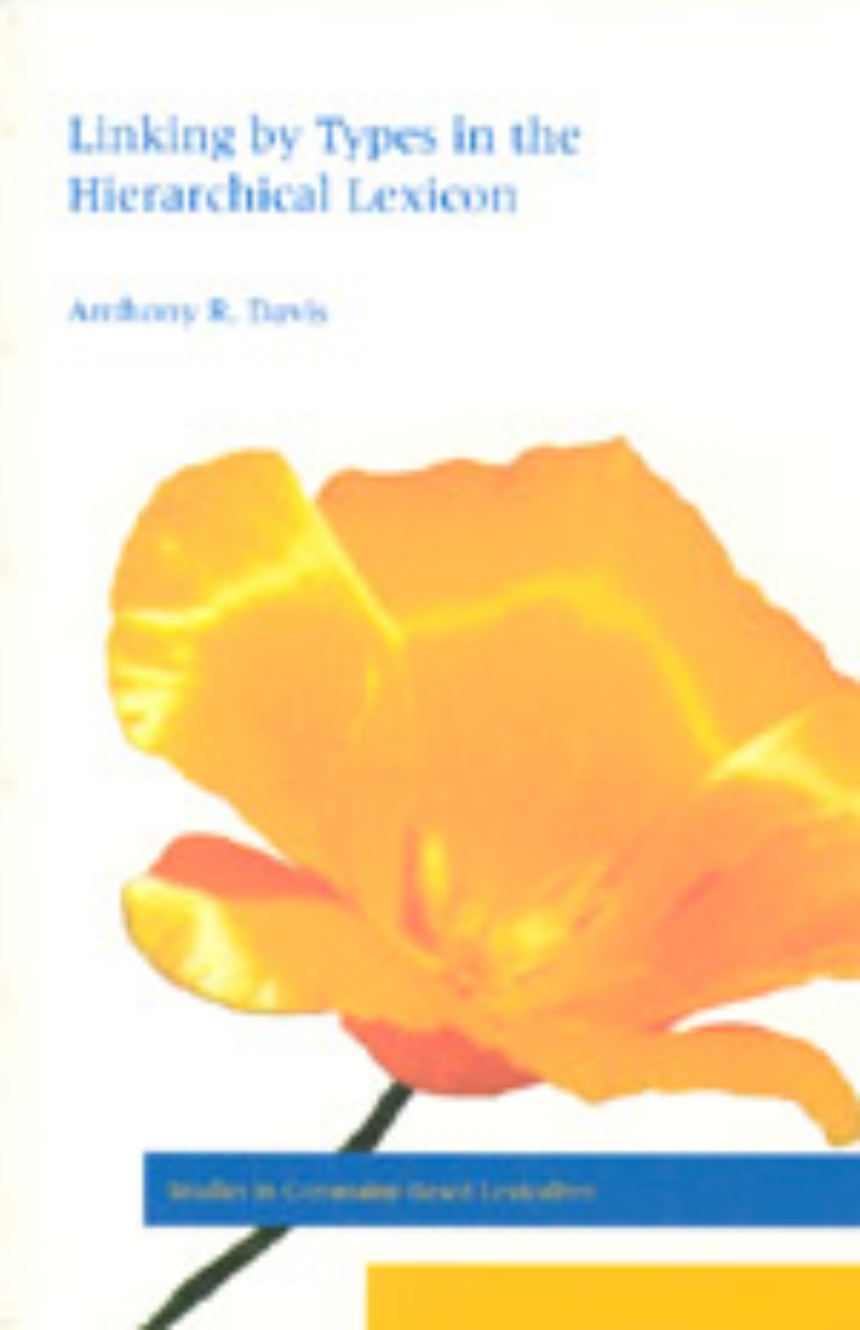Center for the Study of Language and Information
Linking by Types in the Hierarchical Lexicon
9781575869704
Distributed for Center for the Study of Language and Information
Linking by Types in the Hierarchical Lexicon
Actions are described by verbs whose subjects, objects, and other complements refer to various participants in those actions. What linguistic principles determine which participants are referred to by each component of a verb?
Many previous approaches to this problem have employed a set of thematic roles, such as agent and patient, to classify varieties of participants. The alternative developed here fits within the framework of Head-Driven Phrase Structure Grammar while utilizing typed feature structures, certain basic features of verb meaning, a hierarchical classification of verb meanings, and constraints from more general to more specific word classes. Relying on no special mechanisms or components of grammar, this book is unique in its ability to account for the observed range of verb types in human languages with a simple yet widely applicable set of principles.
Many previous approaches to this problem have employed a set of thematic roles, such as agent and patient, to classify varieties of participants. The alternative developed here fits within the framework of Head-Driven Phrase Structure Grammar while utilizing typed feature structures, certain basic features of verb meaning, a hierarchical classification of verb meanings, and constraints from more general to more specific word classes. Relying on no special mechanisms or components of grammar, this book is unique in its ability to account for the observed range of verb types in human languages with a simple yet widely applicable set of principles.
280 | 6 x 9 | © 2001
Studies in Constraint-Based Lexicalism
Language and Linguistics: Syntax and Semantics
Table of Contents
Preface
1. Introduction
2. Thematic Roles and Lexical Entailments in Linking Theories
3. Lexical Semantic Relations and Structures
4. HPSG: A Brief Description and Some Revisions
5. Linking Constraints in the Lexical Hierarchy
6. Further Issues in Constraint-Based Linking
7. Conclusions and Prospects
References
Index
1. Introduction
2. Thematic Roles and Lexical Entailments in Linking Theories
3. Lexical Semantic Relations and Structures
4. HPSG: A Brief Description and Some Revisions
5. Linking Constraints in the Lexical Hierarchy
6. Further Issues in Constraint-Based Linking
7. Conclusions and Prospects
References
Index

